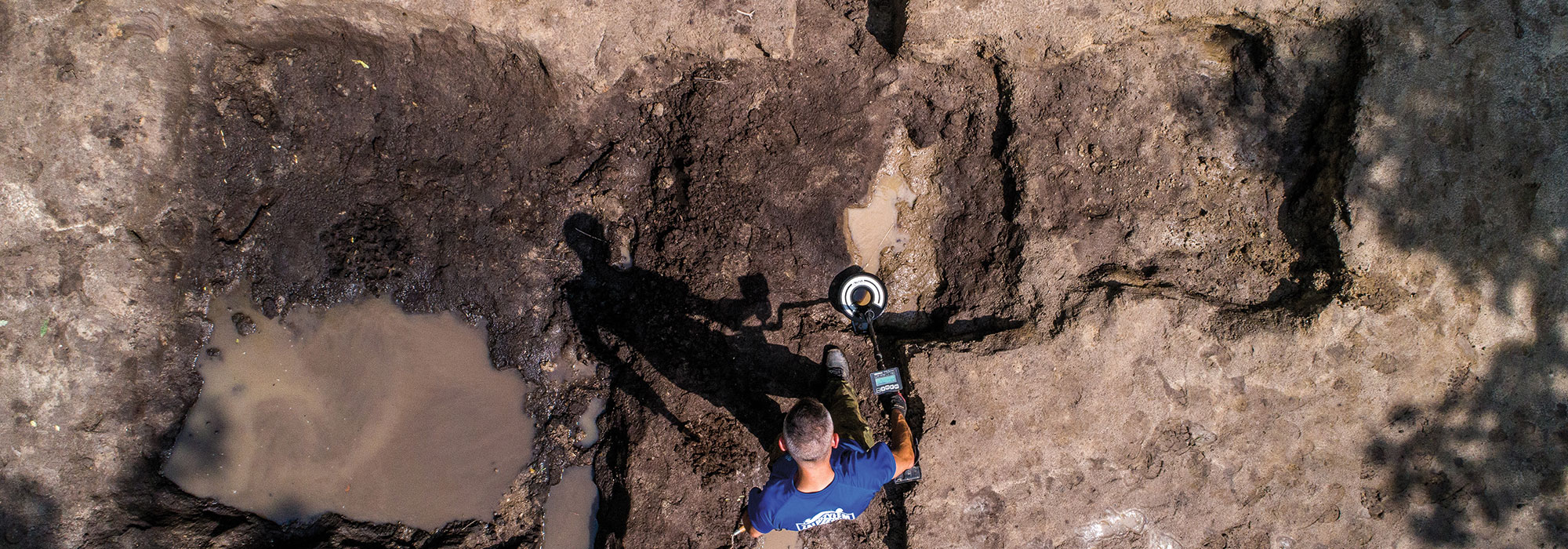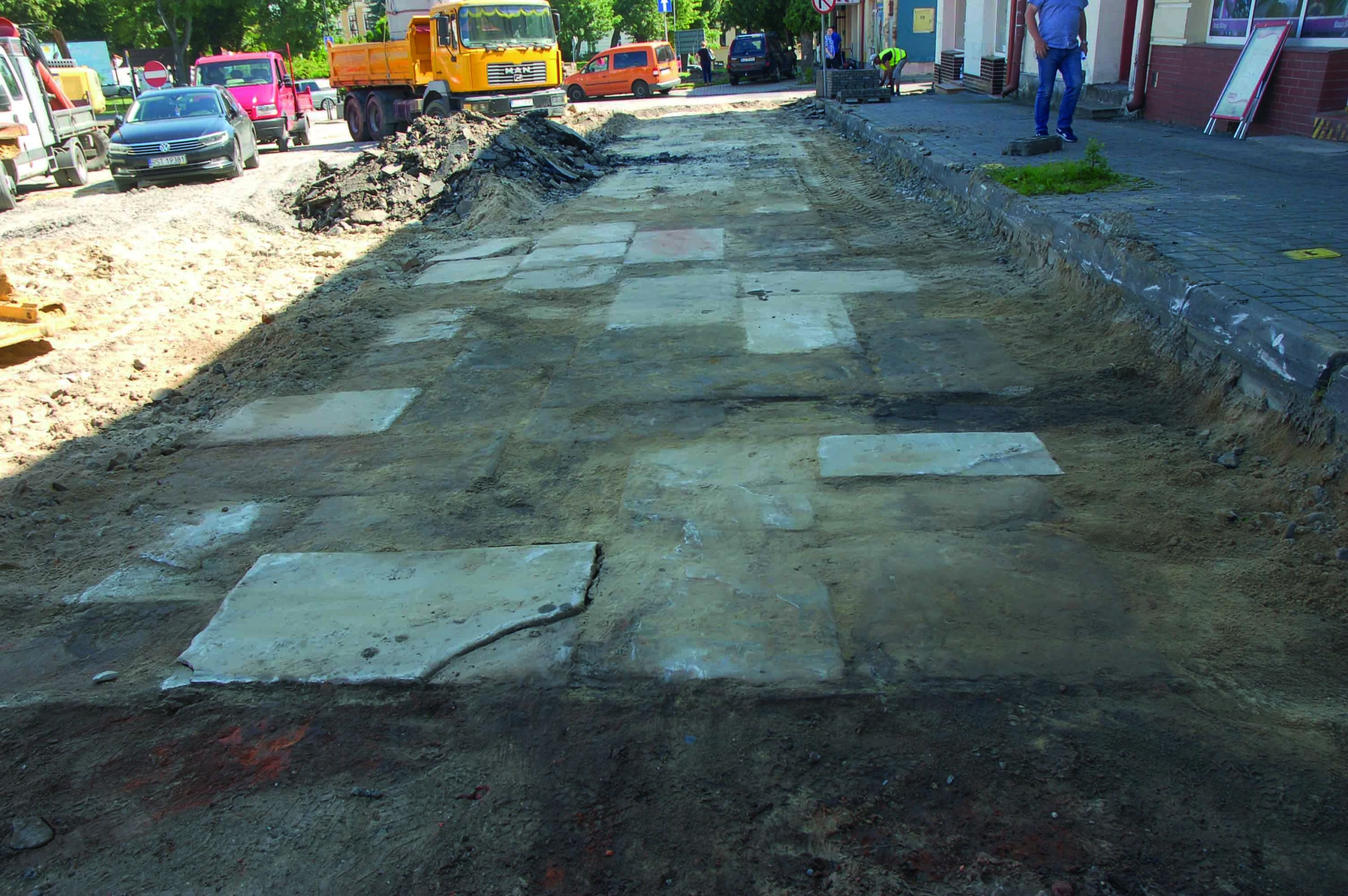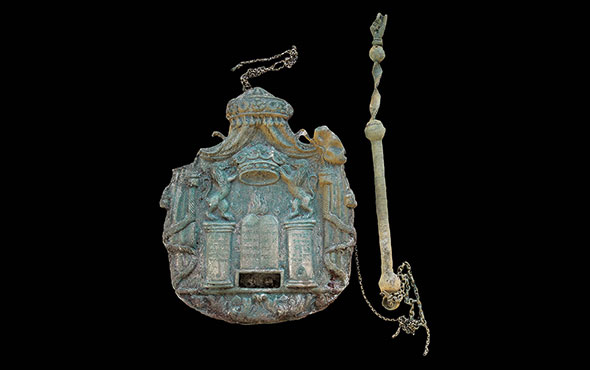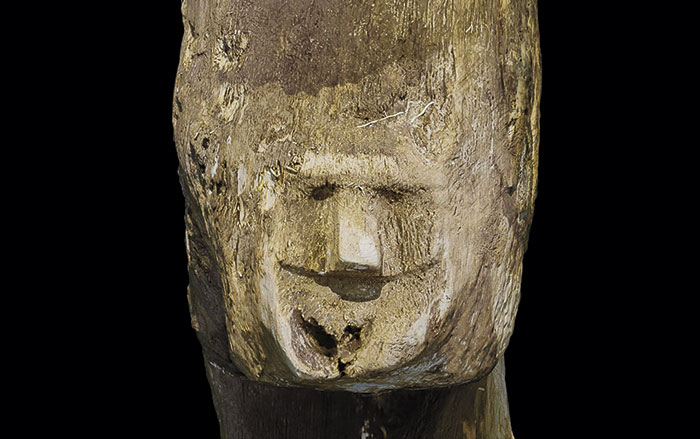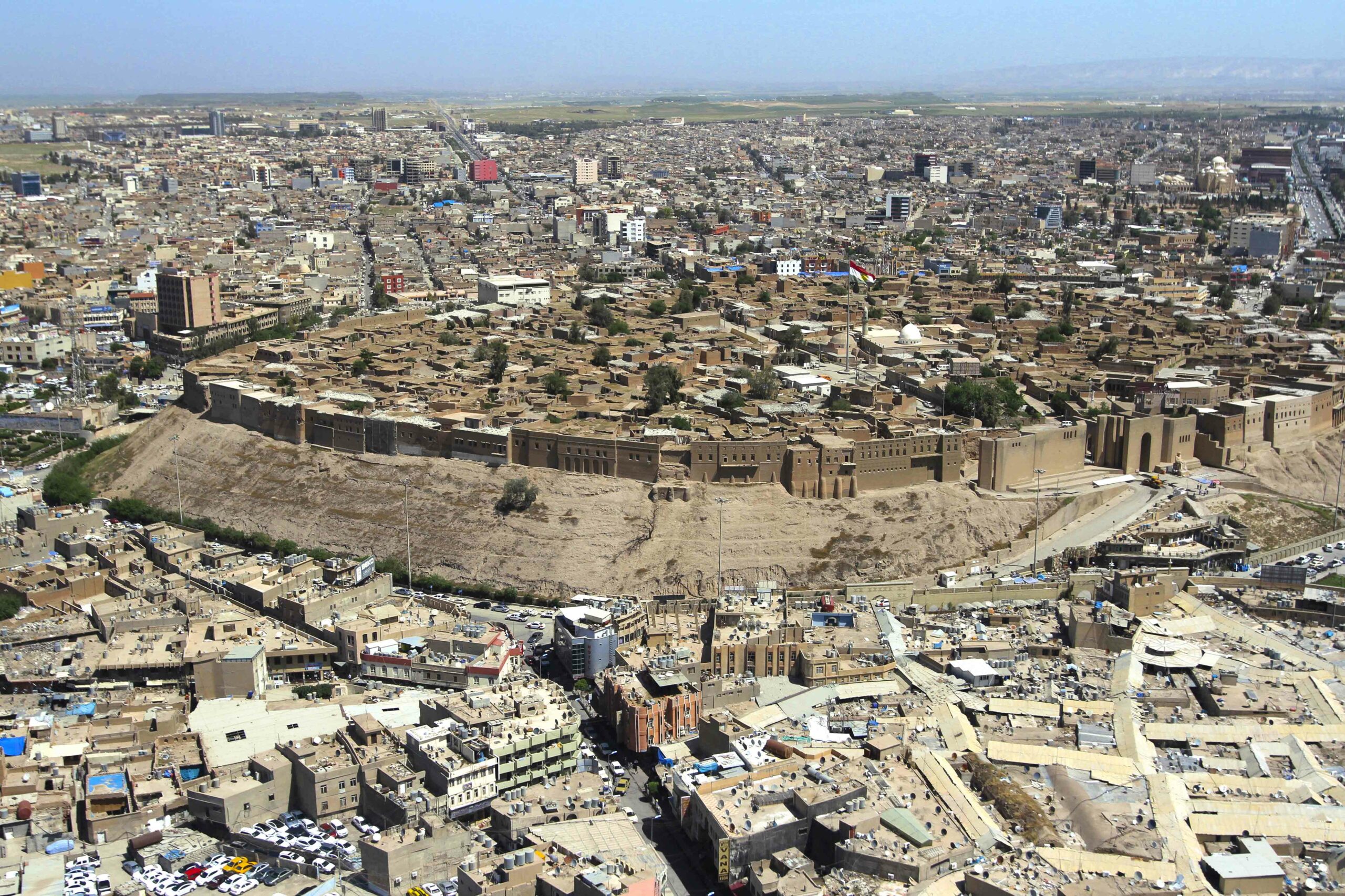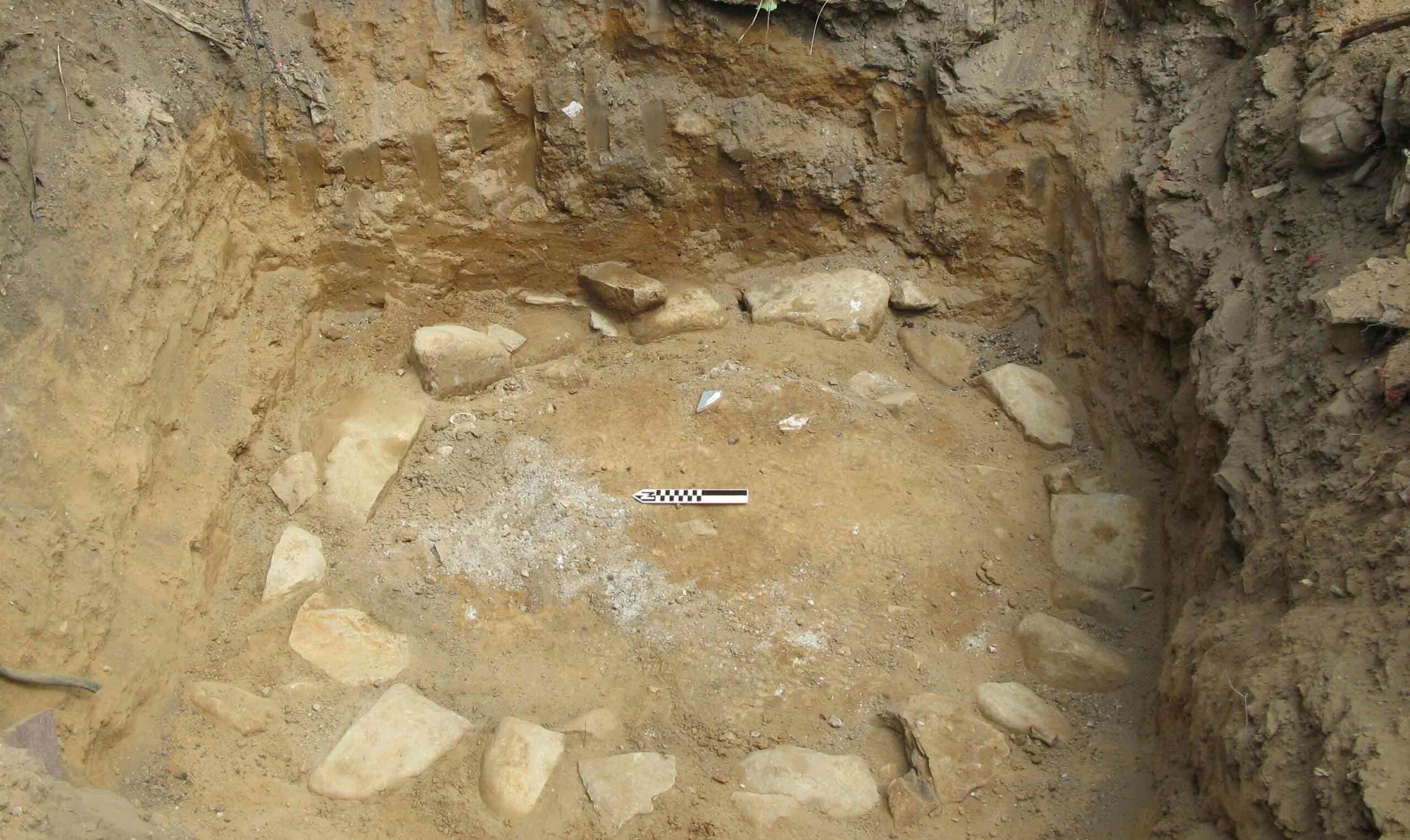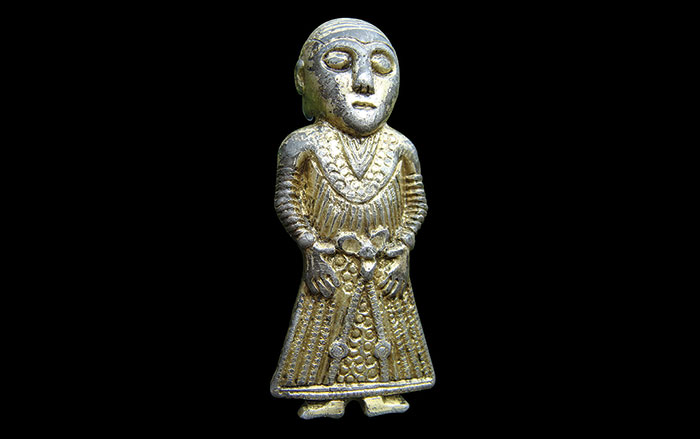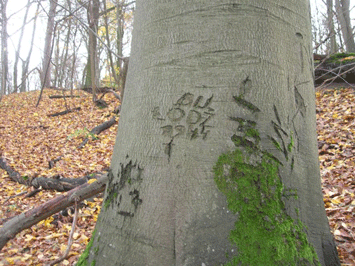
POZNAŃ, POLAND—Carvings in beech trees are helping archaeologists date World War II-era fortifications that were built between 1934 and 1944 in a forest in western Poland. Known as the Miedzyrzecz Fortification Region, the trenches were intended to defend the eastern border of the Third Reich. Dawid Kobialka and colleagues Maksymilian Frąckowiak and Kornelia Kajda of the Institute of Prehistory at Adam Mickiewicz University think that some of the inscriptions from 1944 may have been carved by Polish captives forced to work on the fortifications by the Germans. “On several trees we have recorded a clear concentration of Polish names—including Klimowicz, Wolski, Kubiak—next to which specific August dates are inscribed with the year 1944. Two words are also visible: “Łódź” (name of a city) and “Polacy” (Poles),” Kobialka told Science & Scholarship in Poland. But a metal detector survey failed to turn up anything at the site. “This report was not a surprise. If that trench was dug in 1944, it can be assumed that it never served a defensive function—the Germans retreated before the Russians. Therefore, in the trench there were no soldiers or fighting, there were no shells or any other items usually found in places of armed conflict,” he added. To read more about the study of this period, see "The Archaeology of World War II."


